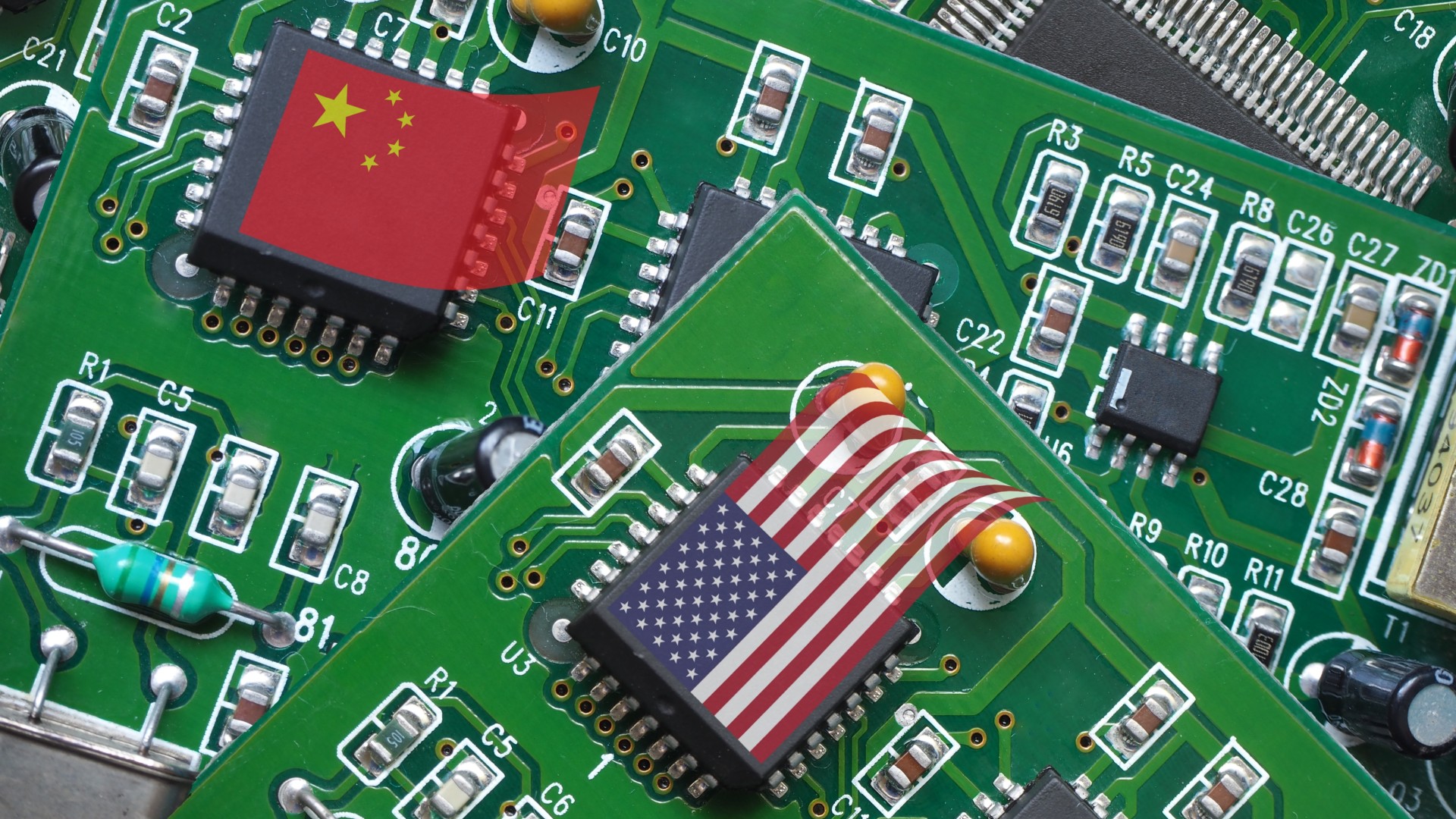
America’s Vanishing Tech Edge: Reclaiming Leadership from China
Editor’s note: In February, The National Interest organized a symposium on the U.S.-China technology race amidst the emergence of DeepSeek and ongoing legal battles over TikTok. We asked a variety of experts the following question: “What are the three most important technology policies that the U.S. should pursue or avoid to compete adequately with China?“ The following article is one of their responses.
The United States is at risk of losing its hard-earned gains in critical technologies to China. This reality is not a hypothetical and has been quantified by the Australian Strategic Policy Institute’s (ASPI) Critical Technology Tracker. This tracker focuses on the top 10% of high-impact research—a database of 6.8 million published papers—highlighting countries’ research performance and where they are gaining or losing technological competitiveness. The dataset represents the structural foundations of our economies and covers 64 technologies over a 21-year period (2003-2023) which include defense, space, energy, health, AI, biotechnology, the environment, cyber, computing, semi-conductors, robotics, quantum technologies, and advanced materials. The results reveal a fundamental shift in research leadership over the past two decades, led by China’s exceptional gains. The U.S. led in 60 of 64 technologies from 2003 to 2007, but in the most recent five-year period (2019-2023), it is leading in only seven. By contrast, China led in just 3 of 64 technologies in the five years from 2003 to 2007 but is now the leading country in 57 of 64 technologies in the 2019-2023 period. This shift demonstrates that consistent investment in research and development is necessary for countries to maintain and build their strategic advantages, or they risk ceding space to competitors that prioritize research excellence.
The U.S. has its work cut out to maintain its edge. To stay ahead, policymakers will need to enact three structural changes because innovation is not a toggle switch, it requires persistence, patience, and sustained effort.
Defining the Goal
The first step is getting the strategy right which begins with defining the goal. This involves asking the fundamental yet challenging question: what exactly do we aim to achieve? Without a well-defined objective, efforts can become misguided and result in wasted resources and precious time. If the goal is technological dominance, the levers that will need to be pushed and pulled will be more demanding compared to striving for technological leadership. What remains indisputable is that America’s technological standing is at risk, and addressing this reality requires more than just financial investment. Regardless of the specific goal, the U.S. administration under President Trump must adopt a strategy that increases spending in conjunction with an industrial policy that guides development in specific areas that can generate multiplier effects across sectors such as quantum computing, AI, biotechnology and genetic engineering, space launch systems and satellites, 5G and 6G technologies, autonomous systems, robotics, among other critical technologies. This strategy should align with a national education policy that produces a significantly higher number of STEM graduates and a regulatory environment designed to deliver rapid results, breaking away from the traditional business-as-usual approach.
Take Calculated Risks
Second, take risks, but do not break things without knowing how to fix them or understanding the fallout of gutting systems, capabilities, and people. Urgent reform is needed, especially in the Department of Defense, where archaic procurement processes deliver platforms and capabilities much too late and at significantly higher costs than originally estimated. This isn’t just about fiscal responsibility, it’s about strategic necessity. As Mark Milley, former Chairman of the Joint Chiefs of Staff, and Eric Schmidt, former Google CEO, noted, the current military machine is “in essence, unfit for purpose,” struggling to absorb and deploy cutting-edge AI systems despite their availability in American firms. The DoD’s systemic resistance to risk-taking directly impacts the military’s ability to remain the most lethal fighting force capable of deterring major armed conflicts or winning a kinetic war against China.
Communicate, Coordinate, Cooperate
Third, the U.S. must work with allies and partners to compete more effectively against China. Collectively, they can harness each other’s expertise, industrial bases, public and private capital, and most importantly, their talent, rather than going it alone. For example, some European nations excel in advanced manufacturing, such as Germany or the Dutch semiconductor lithography supplier ASML, while others, like Japan and South Korea are leaders in shipbuilding, automation, and AI. Furthermore, the financial burden of research and development in critical and emerging technologies is immense. Sharing these costs among allied nations can significantly accelerate innovation and spread the risk associated with large-scale investments for transformational discoveries. Collaborative efforts can also focus on establishing secure and reliable supply chains to ensure access to essential technologies and mitigate potential disruptions. This collaborative endeavor can also build resilience in supply chains for critical minerals and rare earth elements, which are essential for an increasing number of advanced technologies. Moreover, a united front with allies strengthens the U.S.’s geopolitical position and sends a clear message to China that its technological ambitions will be met with a coordinated and determined response.
In essence, the challenge posed by China’s technological advancements demands a strategic and collaborative approach. By working with its allies, the U.S. can boost its competitiveness, strengthen its security, and create a more stable and prosperous strategic environment that benefits itself, its allies, and partners, enabling them to achieve more with greater resources. The stakes are high, and the future of American innovation and economic prosperity depends on a united response.
About the Author: Dr. Nishank Motwani
Nishank Motwani is a Senior Fellow and Director of Alliance Strategy at the Australian Strategic Policy Institute, heading the AUKUS portfolio, and a Non-Resident Scholar at the Middle East Institute, covering strategic and security issues across the Middle East with a focus on key interstate rivalries, actors, and conflicts. Follow him on X @NishankMotwani and LinkedIn.
Image: Shutterstock